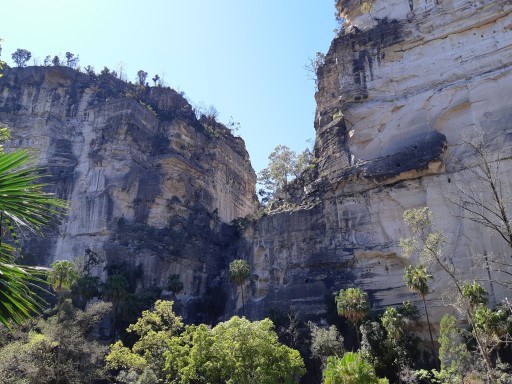
Carnarvon Gorge National Park is roughly 800 km west-north-west from Brisbane, or 250 km north of Roma, on the road to Emerald, in central Queensland, Australia. Taking the turn off the highway includes a sealed road to the camping and accommodation area some 40 km in. Unless there has been substantial recent rains, the access road is fine for all vehicles. However, if planning well in advance, it is safer to be in a 4WD (or at least SUV – AWD) if possible.
Exploring Carnarvon Gorge is not for the faint hearted or the unfit. To see the best of what CG has to offer requires each person to hike significant distances, up and down, with agility and balance to transition many stepping stones across numerous shallow creeks, across various rocks and along some dry creek beds, up ladders and steep steps, and along good paths that require constant vigilance to prevent tripping or twisting an ankle or knee. Nothing super hard necessarily but an endurance event if you get ambitious and want to see most of the main sights noted below in one day, as we did. Be prepared, carry plenty of water and food, preferably first aid, and good hiking shoes that are comfortable and worn in.
We stayed three nights at CG in the lovely comfortable cabins shown below. They were well equipped with heating and cooling, comfortable bed, ensuite shower and toilet, with a small fridge and communal cooking facilities nearby.
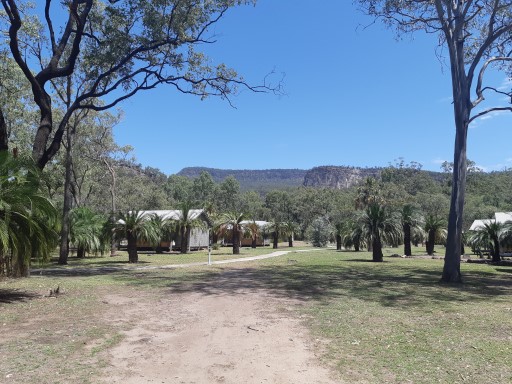
We chose to arrive fairly early day one (2pm check) to orientate ourselves so we managed to explore Mickey Creek and the Rock Pool that afternoon. The Rock Pool is the only official swimming facility in the park and it is very refreshing I am advised. Both these are close to the camp and gave us a quick taste of this beautiful place.
Day two was the big day when we chose to do the out and back hike from the Visitors Centre car park, to Big Bend and back. As per the map below, we explored each named feature of interest, in order being: the Moss Garden, Amphitheatre, Wards Canyon, Art Gallery, Cathedral Cave, Boowinda Gorge, and Big Bend. My GPS watch suggested we had walked around 18 km at that point. Supposedly there was 9.6 km home! That was a big day for us both (me 61, she 59), but we survived, just very weary and sore. We did have plenty to eat, with fruit and water (about 1.5 litres each, recommended was 2.0 and we would have appreciated the extra).

On day three, this author set out early to climb Boolimba Bluff. A short walk compared to the previous day, but with a very tough 300m section of steps and ladders. Like an intense gym workout, this person had to stop on several occasions before making it to the top, when there was a leisurely walk to the lookout. Others were up earlier to watch the sun rise from that place – I imagine that was special. Returning was so much easier, yet fraught with some risk if you did not watch your footing while descending the many steps.
Overall, a wonderful visit, best seen by the early risers and good hikers.
Some key features noted above are shown below.
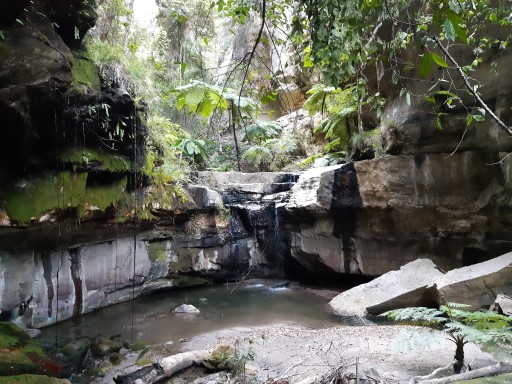
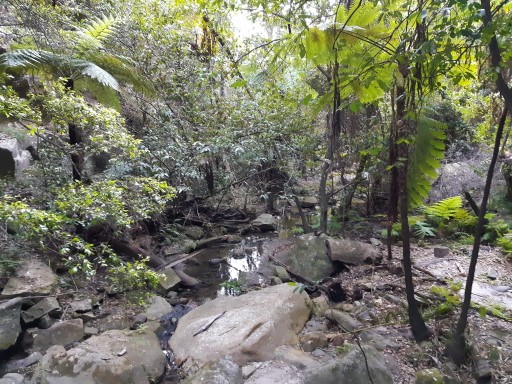
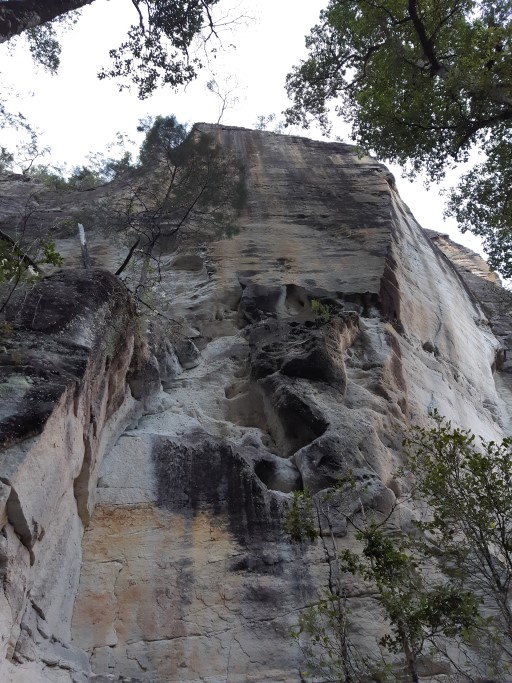

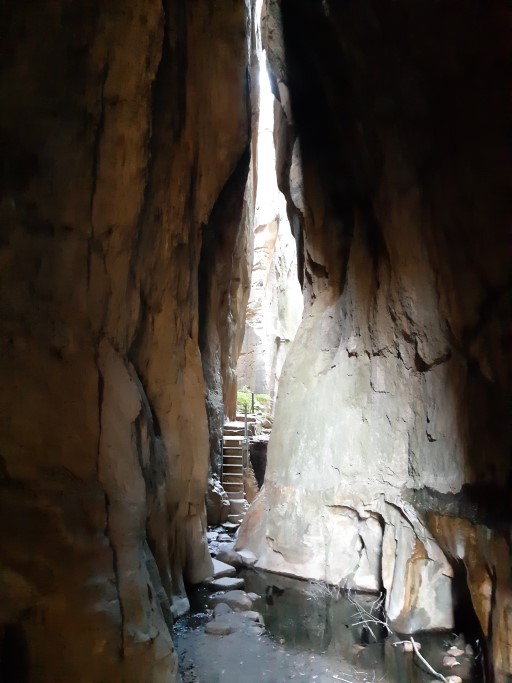
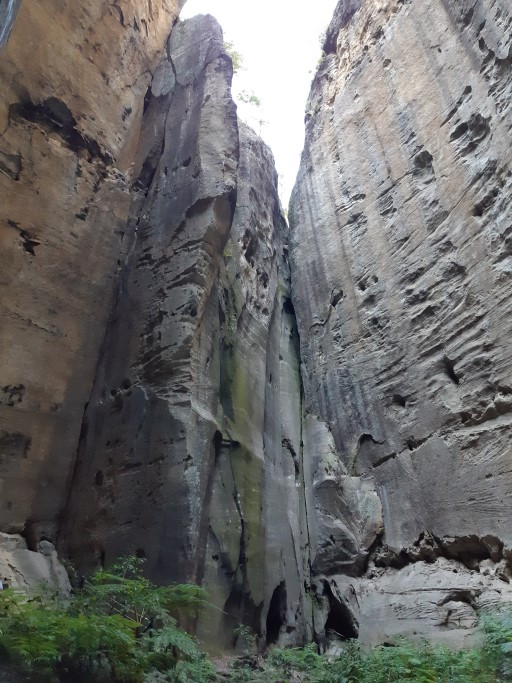
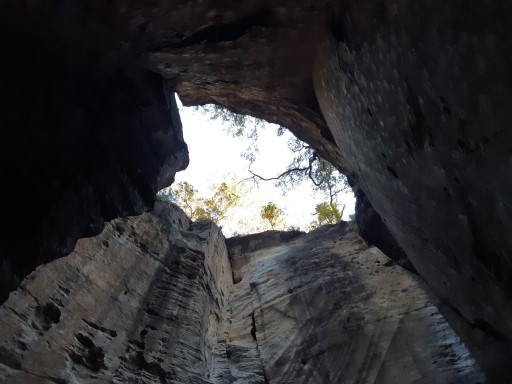
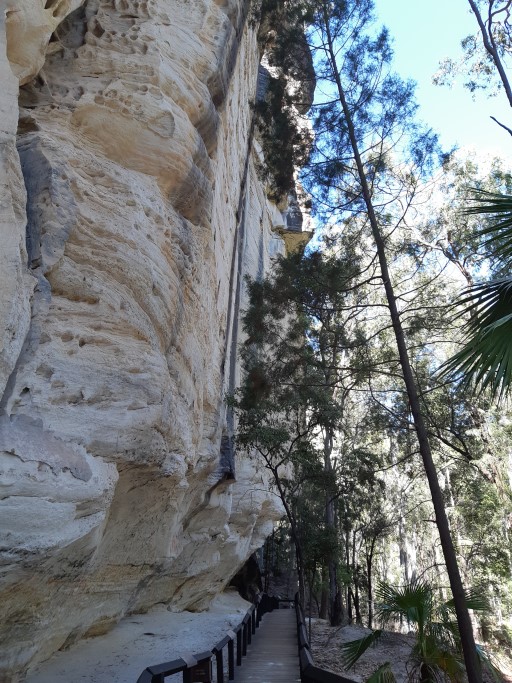
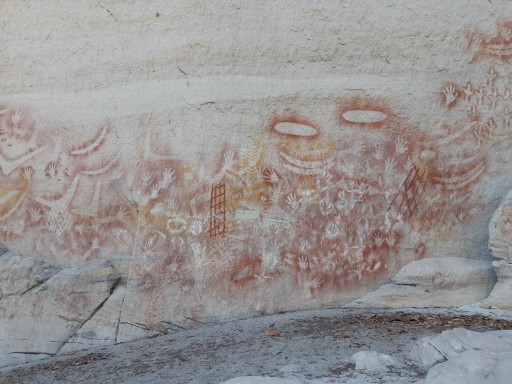
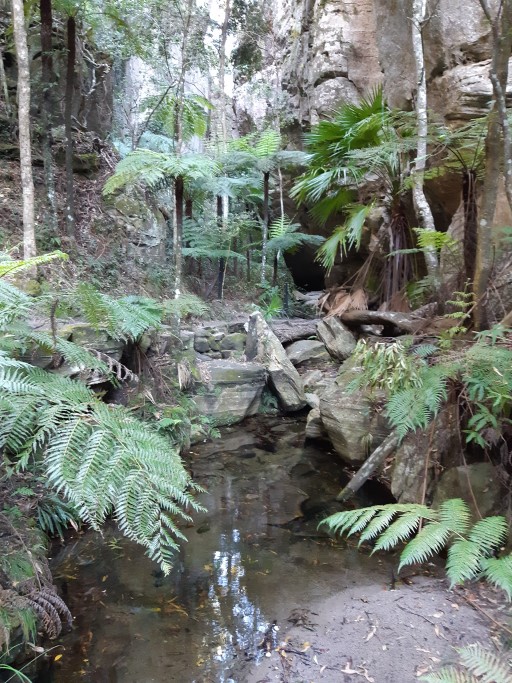
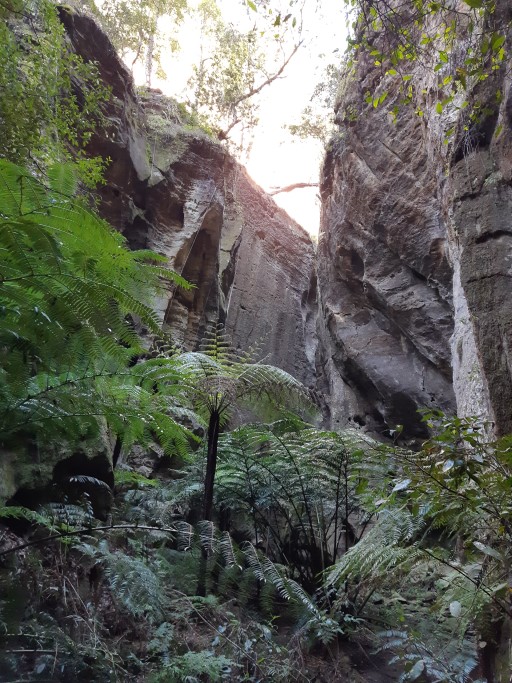
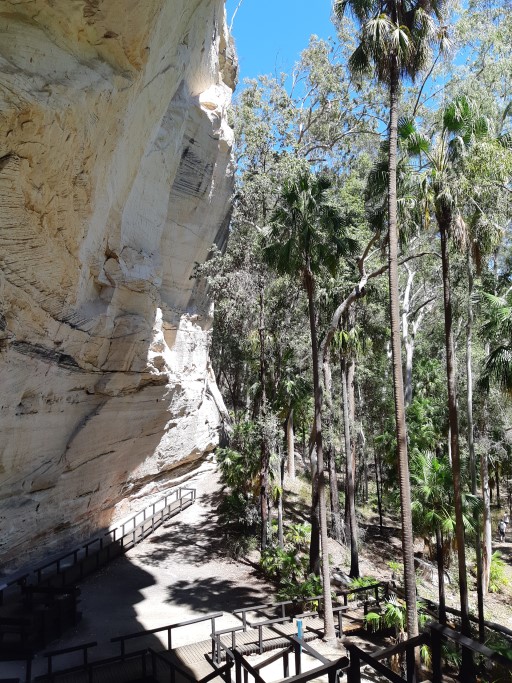

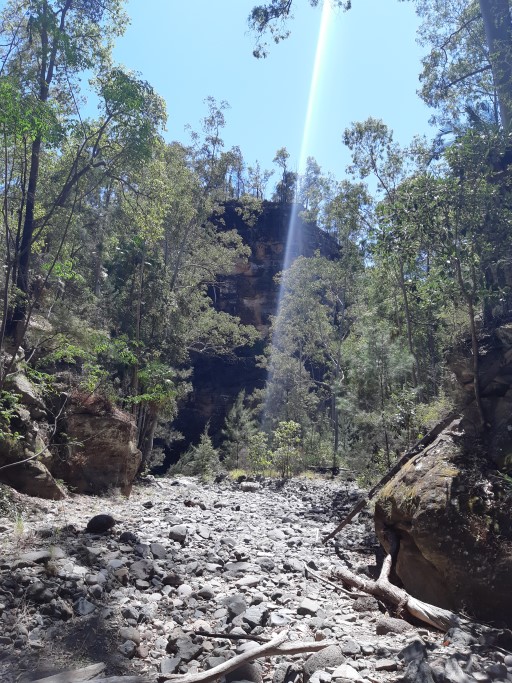
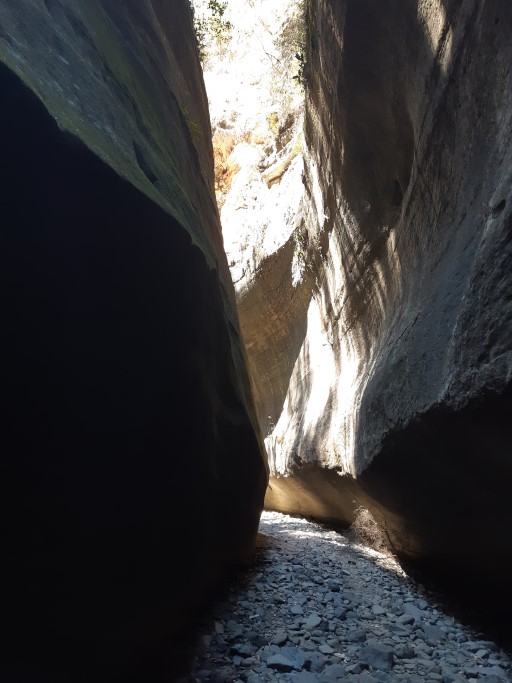
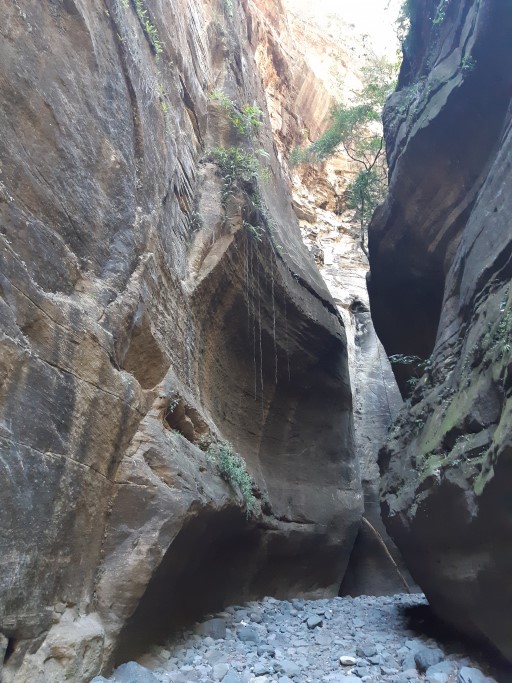
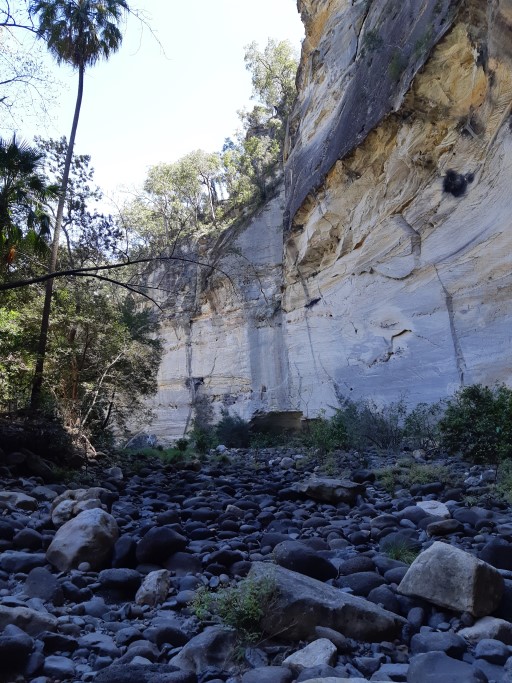
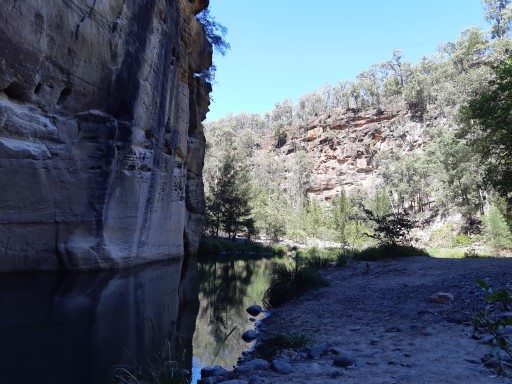
And now some other images of the Gorge, and the wonderful creek. So many creek crossing, so you need to be agile, or else tolerate wet feet and shoes for the duration.
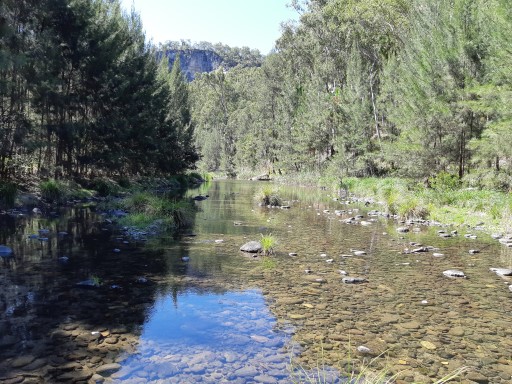
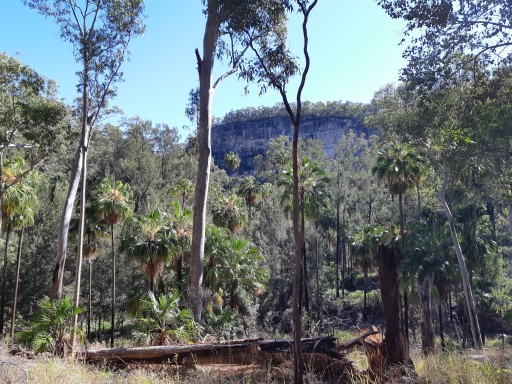
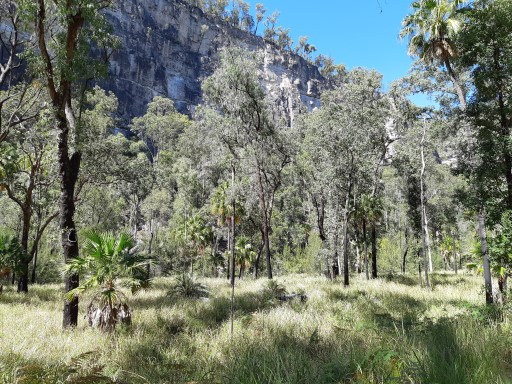
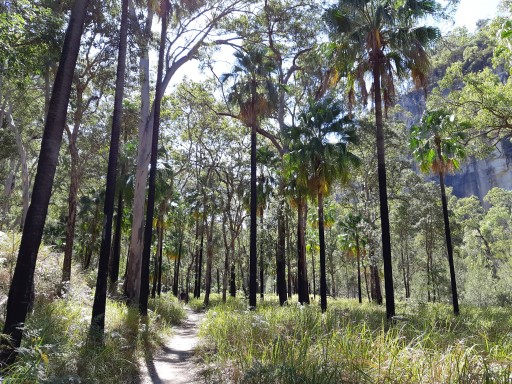
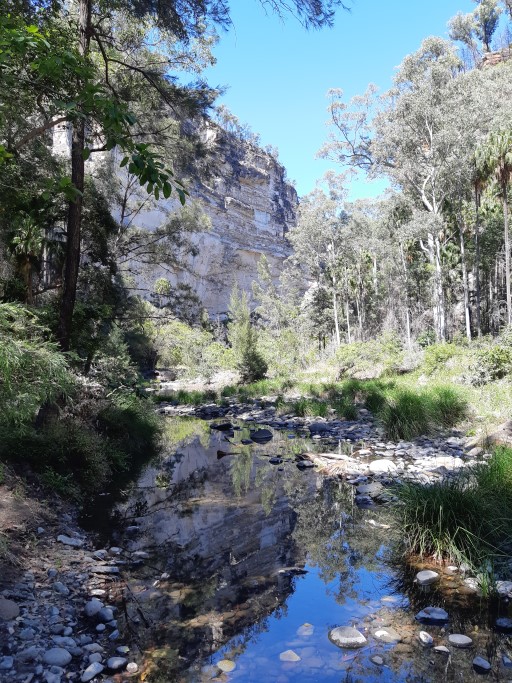
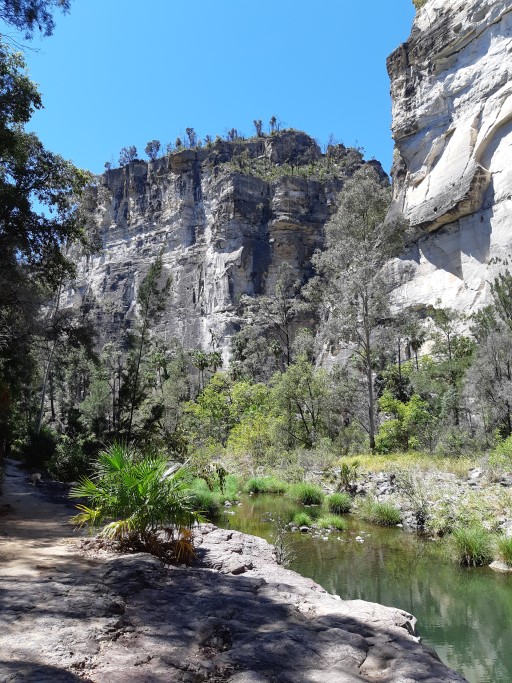
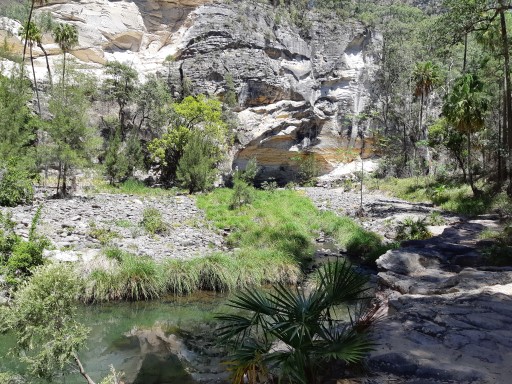
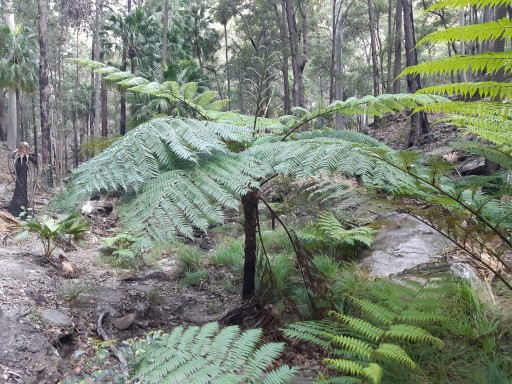
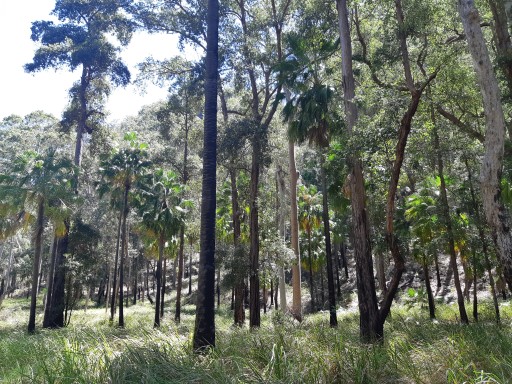

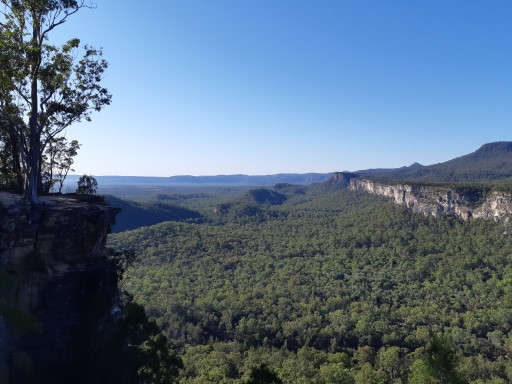
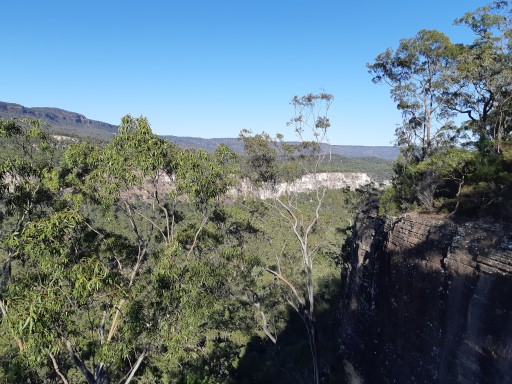
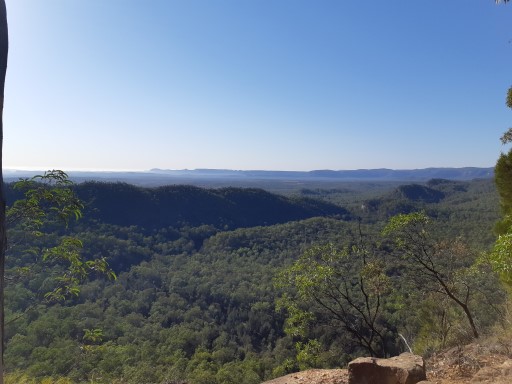
Leave a comment